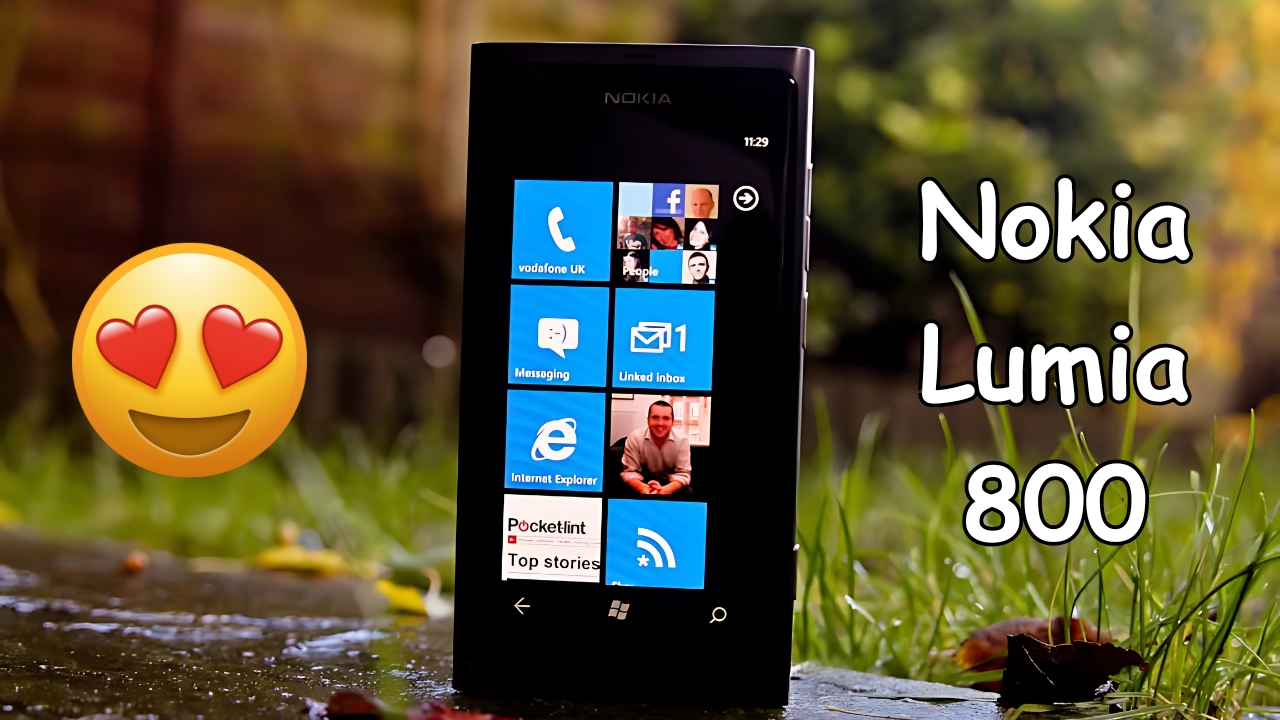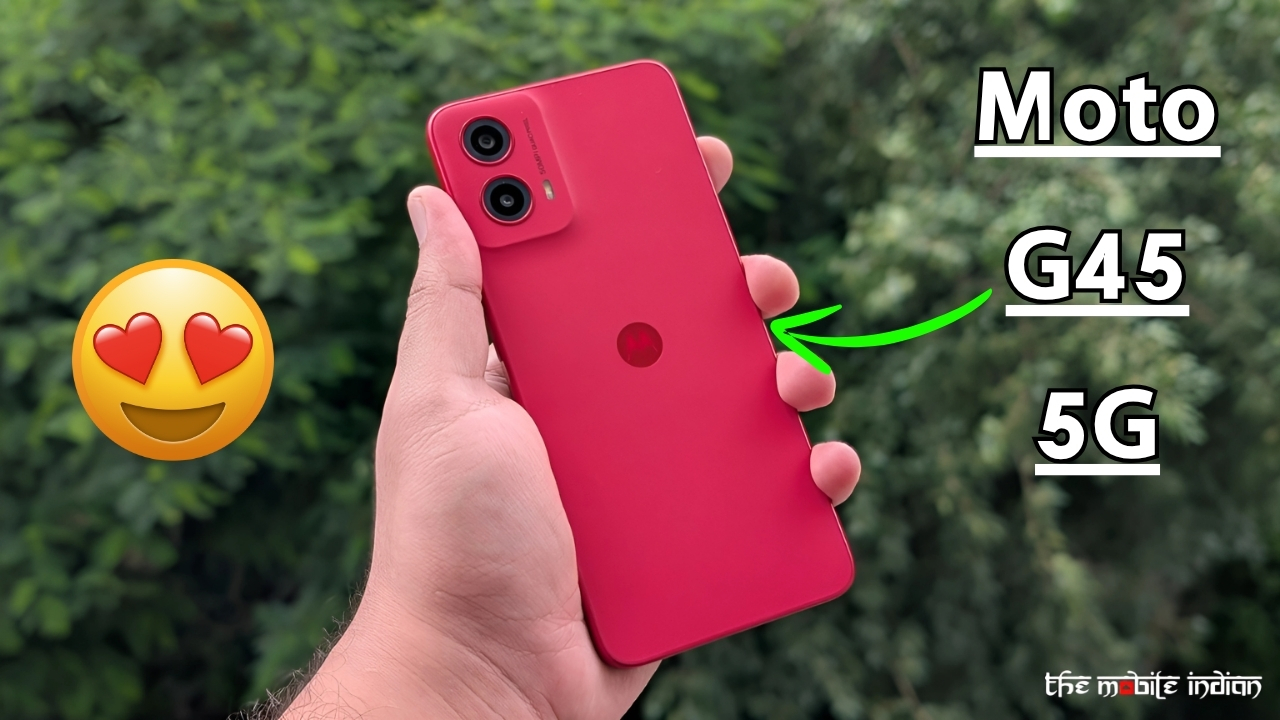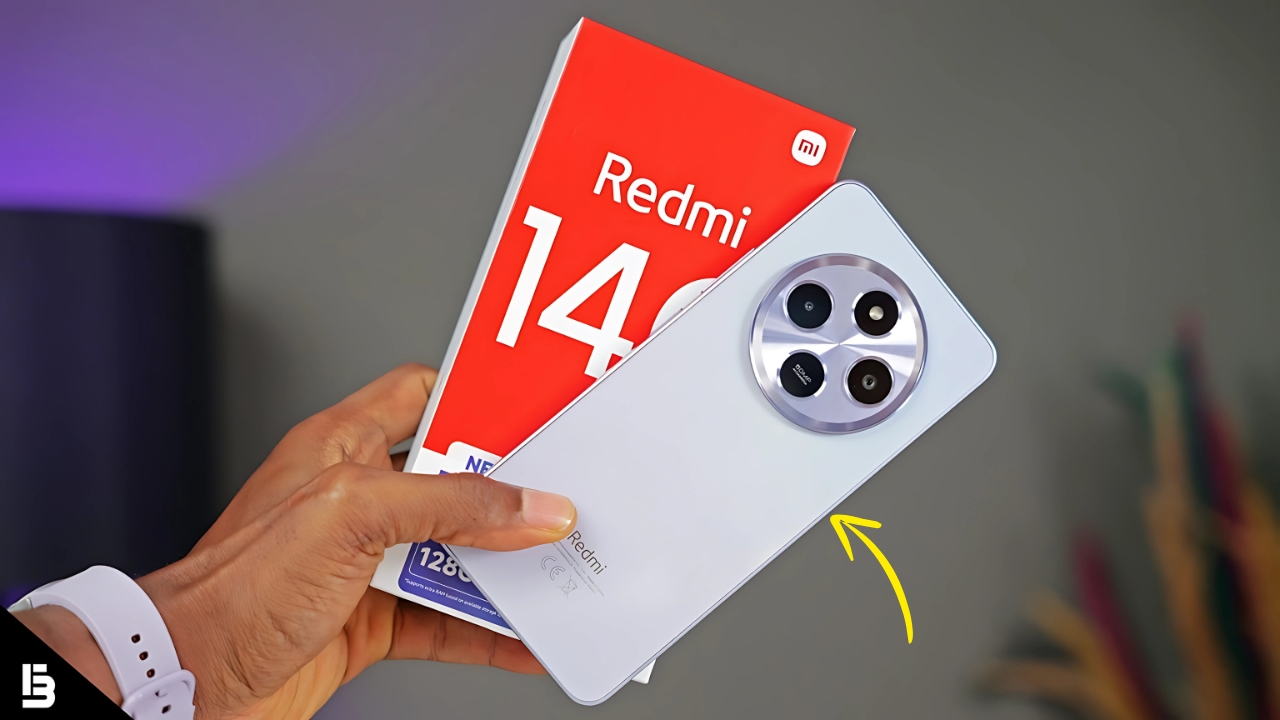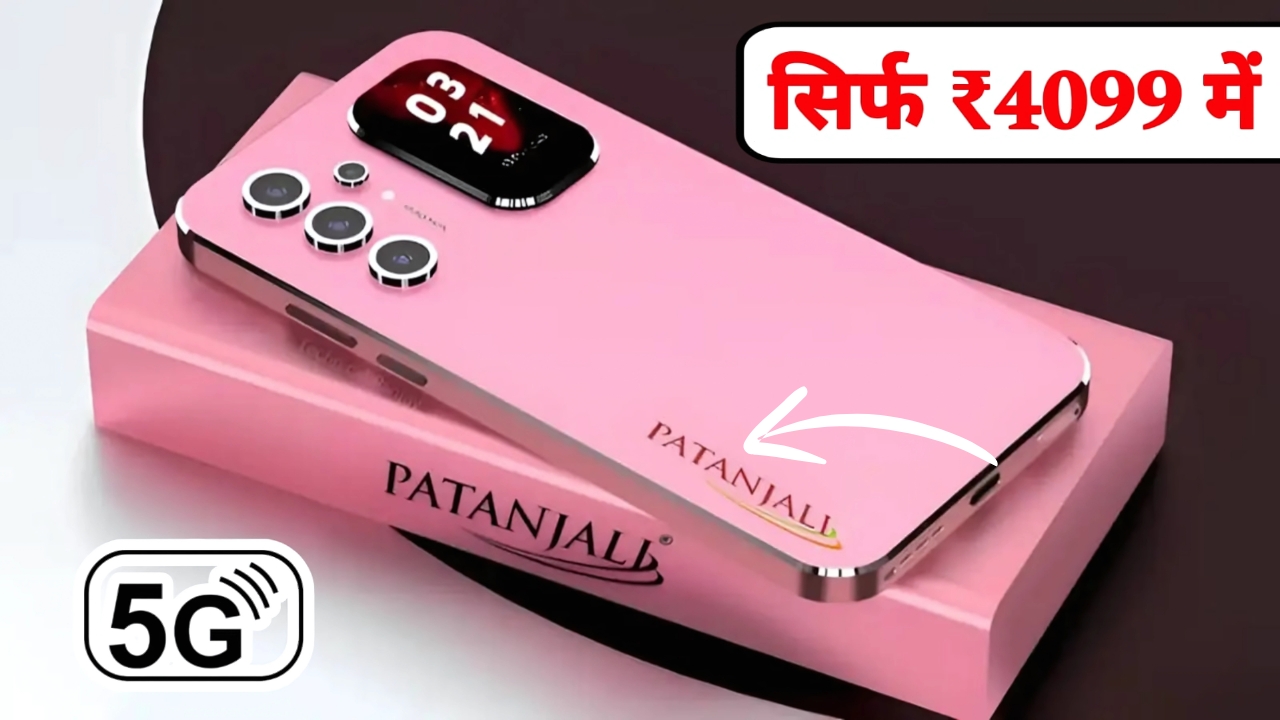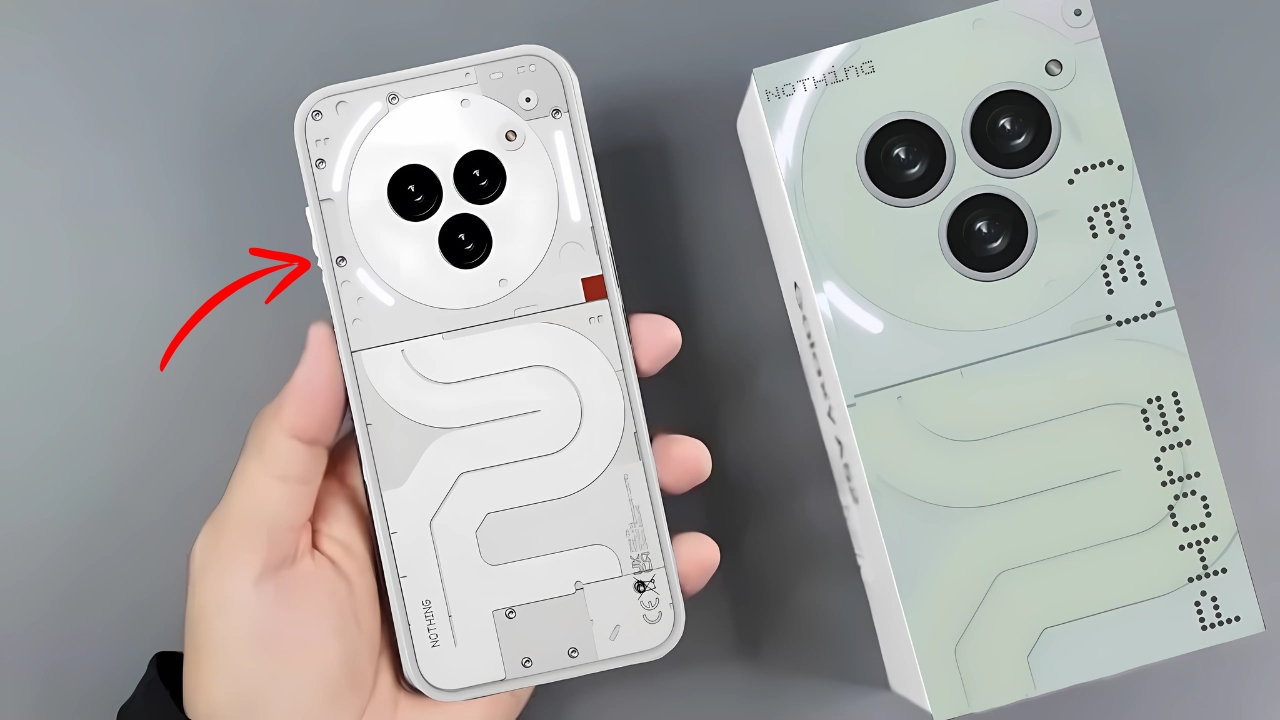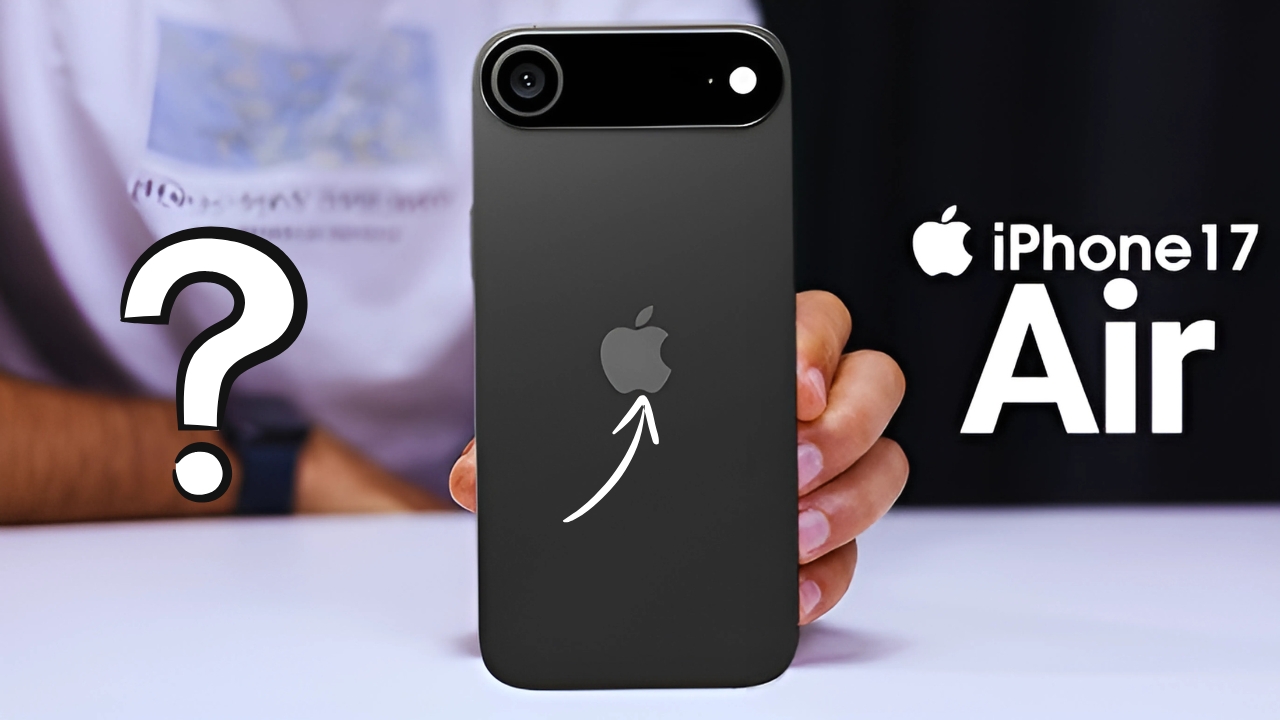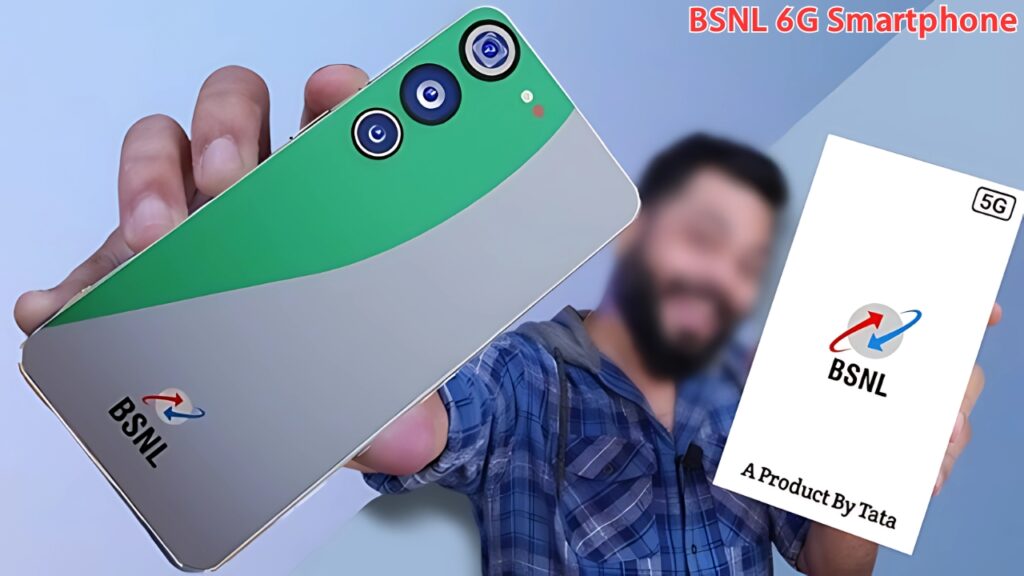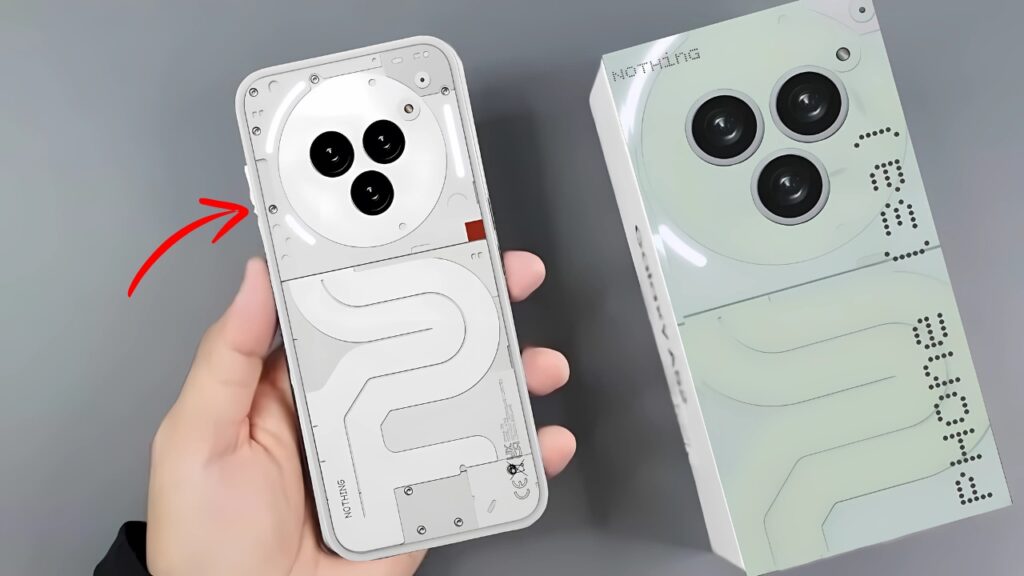Nokia Lumia 800 : The Nokia Lumia 800 represented a significant moment in smartphone history when it launched in late 2011.
As Nokia’s first Windows Phone device, it marked the beginning of a new partnership between the Finnish manufacturer and Microsoft.
This device combined Nokia’s renowned build quality with Microsoft’s fresh mobile operating system, creating a unique offering in the smartphone market.
Design Excellence and Build Quality
The Lumia 800’s design drew inspiration from Nokia’s N9, featuring a distinctive polycarbonate unibody construction that felt remarkably different from the metal and glass smartphones dominating the market.
The seamless, pillow-shaped design created an incredibly comfortable grip, while the curved glass display seemed to flow naturally into the body.
Available in vibrant colors including cyan, magenta, and black, the device made a bold statement about personality and individual expression.
The 3.7-inch AMOLED display with ClearBlack technology delivered deep blacks and vibrant colors, making content consumption enjoyable despite the relatively modest 480×800 resolution by today’s standards.
The screen’s curved edges not only looked elegant but also made swiping gestures feel natural and fluid.
The overall build quality exemplified Nokia’s commitment to durability, with the polycarbonate body proving resistant to scratches and minor drops.
Camera Capabilities and Photography Features
The Lumia 800 featured an 8-megapixel camera with Carl Zeiss optics, representing Nokia’s continued partnership with the prestigious lens manufacturer.
While not matching dedicated camera equipment, the device offered impressive photography capabilities for its time.
The f/2.2 aperture allowed for reasonable low-light performance, while the dual-LED flash helped illuminate subjects in darker conditions.
The camera application integrated seamlessly with Windows Phone’s interface, offering quick access to settings and smooth operation.
Features included touch-to-focus, various scene modes, and the ability to quickly share photos through integrated social media services.
The camera could also record 720p HD video at 30 frames per second, providing decent video quality for capturing memorable moments.
Nokia’s imaging heritage showed through various software enhancements that improved photo quality.
The automatic scene detection helped optimize settings for different shooting conditions, while the image processing algorithms worked to reduce noise and enhance colors.
Though it couldn’t match dedicated cameras, the Lumia 800’s photography capabilities exceeded many contemporary smartphones.
Windows Phone Experience and Software Integration
Running Windows Phone 7.5 Mango, the Lumia 800 offered a refreshingly different user experience compared to Android and iOS devices.
The Live Tiles interface provided dynamic updates directly on the home screen, creating an informative and personalized experience.
The Metro design language, with its clean typography and fluid animations, made navigation intuitive and visually appealing.
Microsoft’s integration of services like Xbox Live, Office Mobile, and SkyDrive (now OneDrive) provided seamless connectivity across devices.
The People Hub aggregated contacts from various sources and social networks, creating a unified communication center.
The built-in Office apps allowed for basic document editing and viewing, making the device suitable for light productivity tasks.
Nokia enhanced the Windows Phone experience with exclusive applications. Nokia Drive provided free turn-by-turn navigation in many markets, while Nokia Music offered streaming radio and offline playlist capabilities.
These additions demonstrated Nokia’s commitment to differentiating its devices through software value-adds beyond the base operating system.
Performance and Daily Usage
Powered by a 1.4 GHz Qualcomm Snapdragon processor with 512MB of RAM, the Lumia 800 delivered smooth performance for Windows Phone 7.5.
The operating system’s optimization meant that despite modest specifications compared to Android flagships, the device rarely exhibited lag or stuttering during normal use. Applications launched quickly, and multitasking, though limited by the OS, worked reliably.
The 16GB of internal storage couldn’t be expanded via memory card, which proved limiting for users with large media collections.
However, cloud integration partially mitigated this limitation, with photos automatically uploading to SkyDrive and music streaming available through various services.
The 1450mAh battery provided adequate endurance for a full day of moderate use, though heavy users might need to charge before day’s end.
Market Position and Value Proposition
When launched, the Lumia 800 positioned itself as a premium device with a competitive price point. It offered flagship-level build quality and design while undercutting many Android and iOS competitors.
The combination of Nokia’s hardware expertise and Microsoft’s software created a compelling alternative for users seeking something different from the smartphone duopoly.
The device particularly appealed to users prioritizing design aesthetics, build quality, and integration with Microsoft services.
Business users appreciated the Office integration and Exchange support, while general consumers enjoyed the intuitive interface and Nokia’s exclusive applications.
The camera capabilities, while not revolutionary, provided reliable results for social media sharing and casual photography.
Nokia Lumia 800 Legacy and Impact
The Nokia Lumia 800 represented more than just a single device; it symbolized Nokia’s bold transition and Microsoft’s mobile ambitions.
While Windows Phone ultimately failed to capture significant market share, the Lumia 800 demonstrated that alternative approaches to smartphone design and user experience could create compelling products.
The design language established with the Lumia 800 influenced subsequent Nokia devices and even Microsoft’s Surface products.
The emphasis on colorful personalization and distinctive materials helped differentiate these devices in an increasingly homogeneous market.
Though the platform didn’t succeed commercially, the Lumia 800 remains a noteworthy example of innovative smartphone design and the potential for alternatives in the mobile space.
Looking back, the Nokia Lumia 800 showcased what could be achieved when established hardware expertise met fresh software thinking, creating a device that, despite its eventual market fate, left a lasting impression on smartphone design philosophy.
